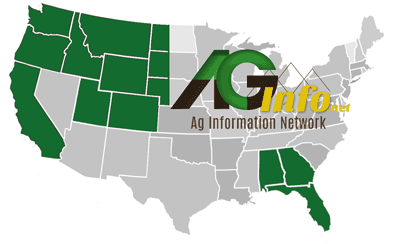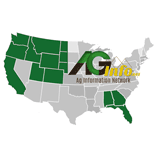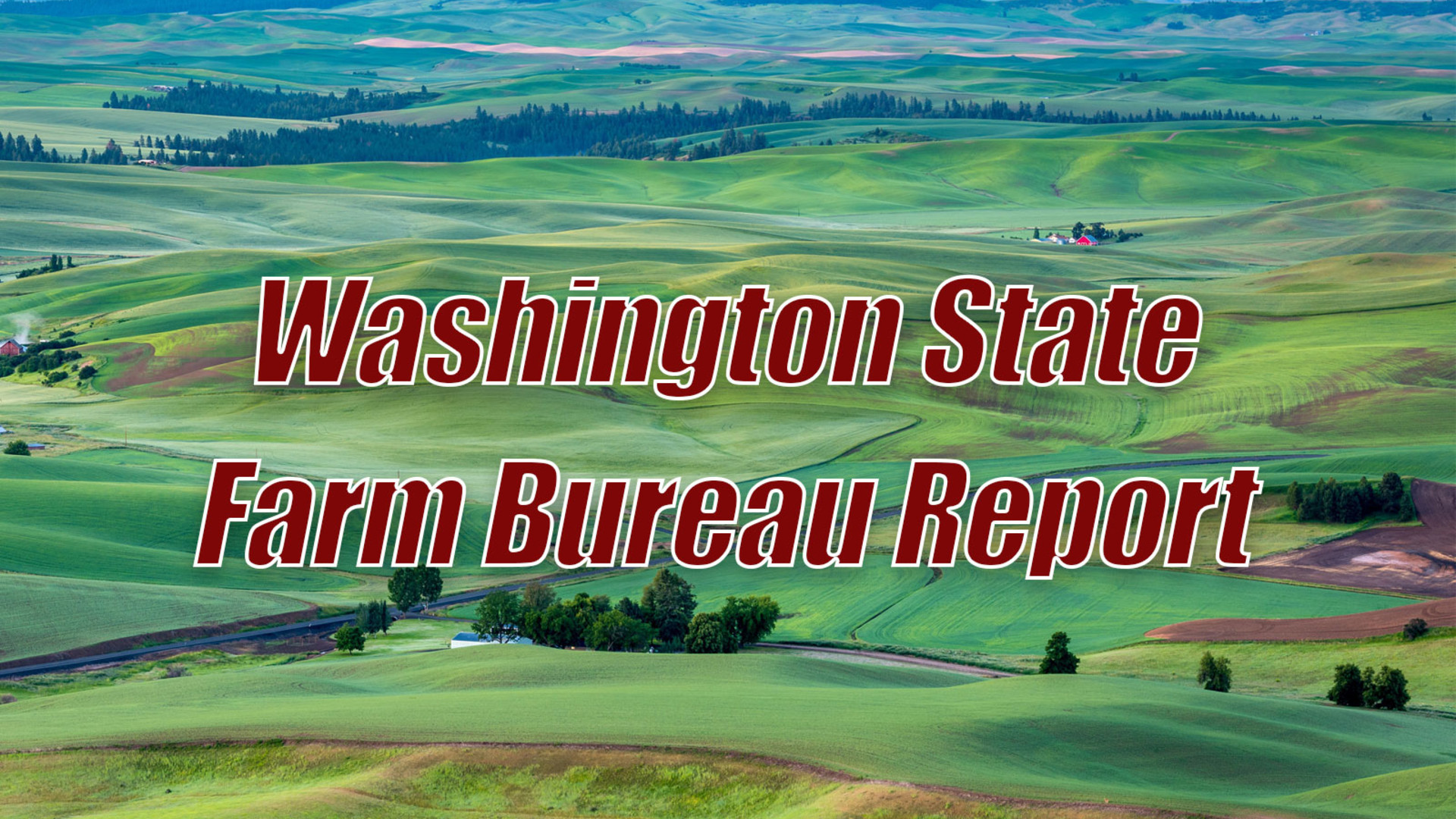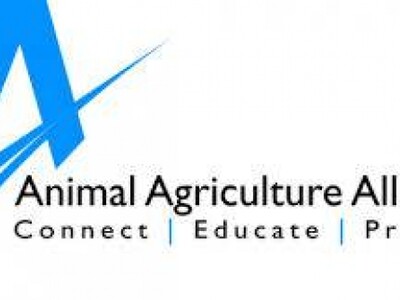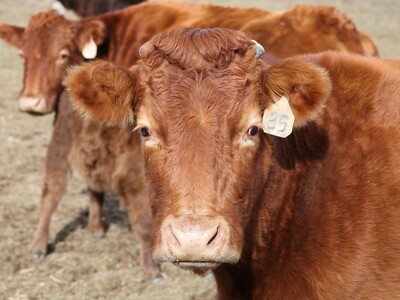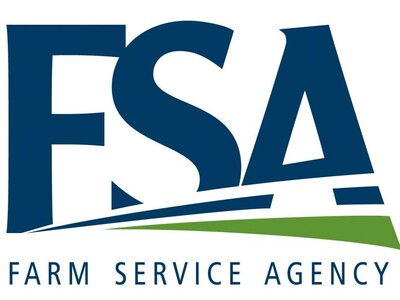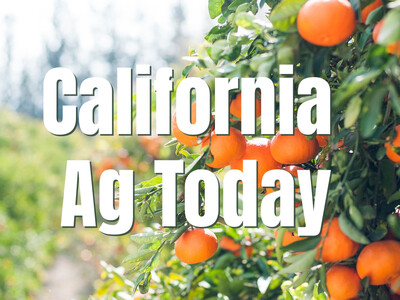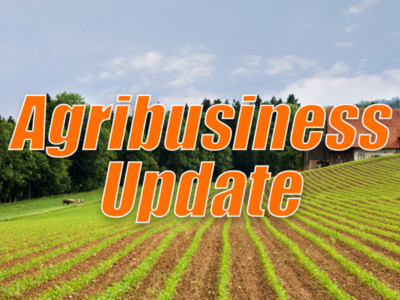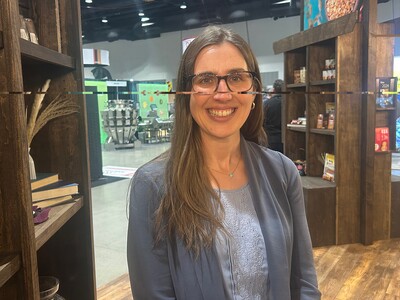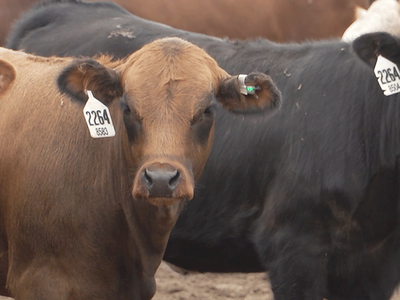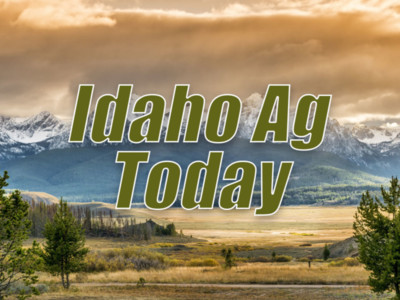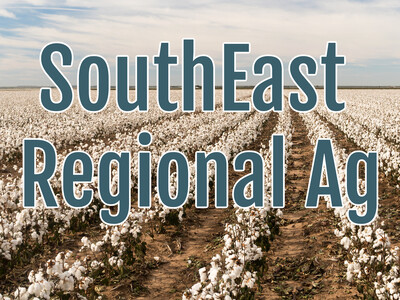Livestock disaster programs; research results on sudden oak death
Washington Ag Today September 24, 2009 Two new disaster assistance programs are now available to agricultural producers. Scotty Abbot with the national office of USDA’s Farm Service Agency, says they are the Livestock Forage Disaster Program, LFP and the Emergency Assistance for Livestock, Honeybees and Farm-Raised Fish Program, or ELAP. Abbot: “These are brand new programs. We have the Livestock Forage Disaster Program, which is similar to a previous program and the Livestock Compensation Program but it is a permanent program and we also have the Emergency Assistance for Livestock, Honeybees and Farm Raised Fish Program, which is a brand new program, but these are permanent disaster programs. They are not ad hoc programs.” Judy Olson, Executive Director of the Farm Service Agency in Washington State says they are taking applications for the ELAP and the drought situation is being watched closely in the state for LFP. She says the U.S. Drought Monitor is one of the triggers for the Livestock Forage Disaster Program. Further detail on eligibility criteria is available at you local FSA office for FSA website. ? The pathogen that causes sudden oak death disease in California has a different genetic fingerprint than fungal strains found in nurseries in Oregon and Washington. That’s what Agricultural Research Service scientists have reported in a scientific journal. The findings from the ARS researchers in Corvallis, Oregon could help scientists and the nursery industry in tracking the movement of this pathogen around the country and the world. Sudden oak death not only affects live oak trees but also several popular ornamental plants. I’m Bob Hoff and that’s Washington Ag Today on the Northwest Ag Information Network.
